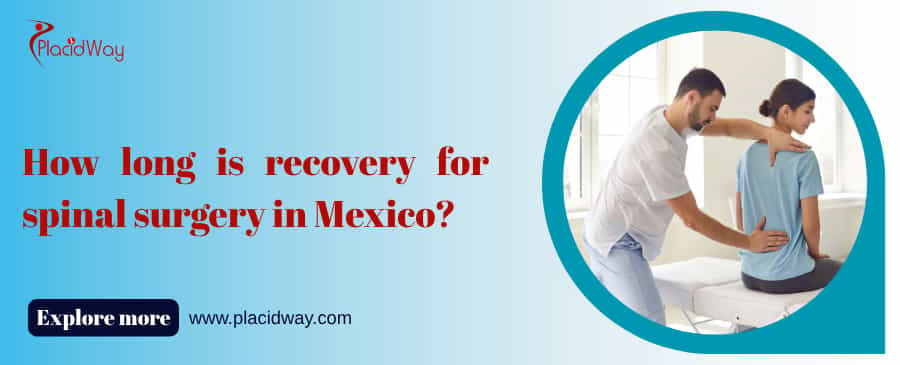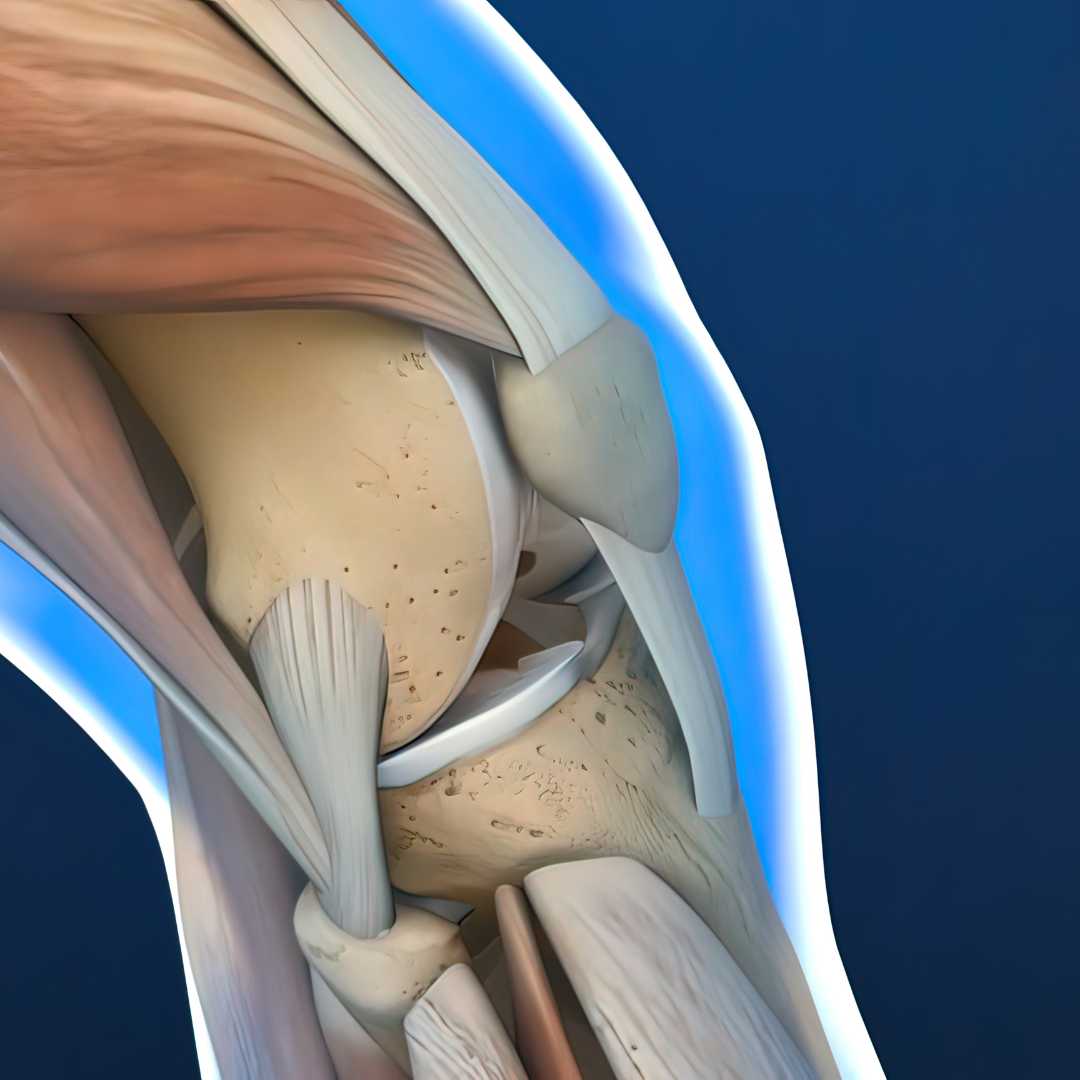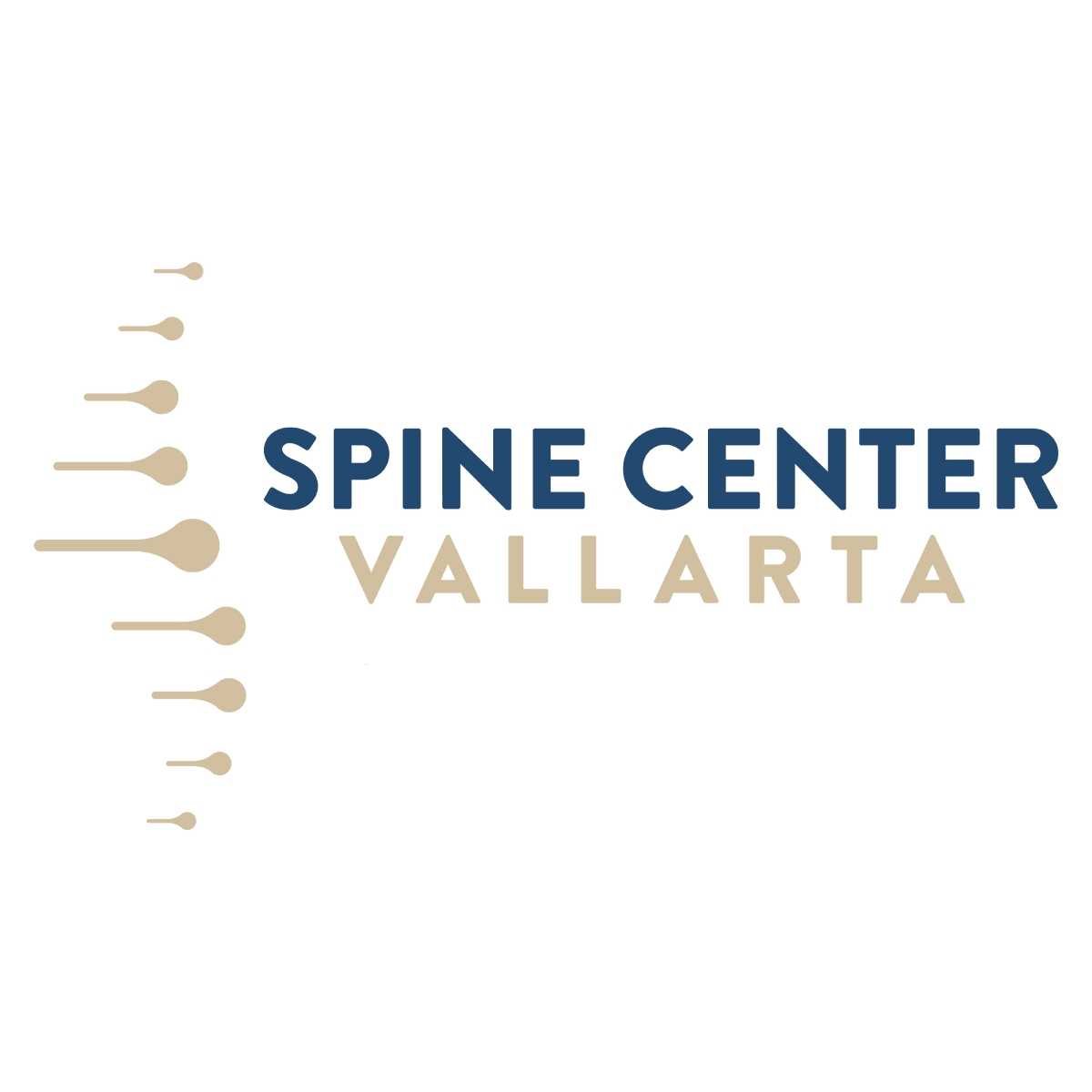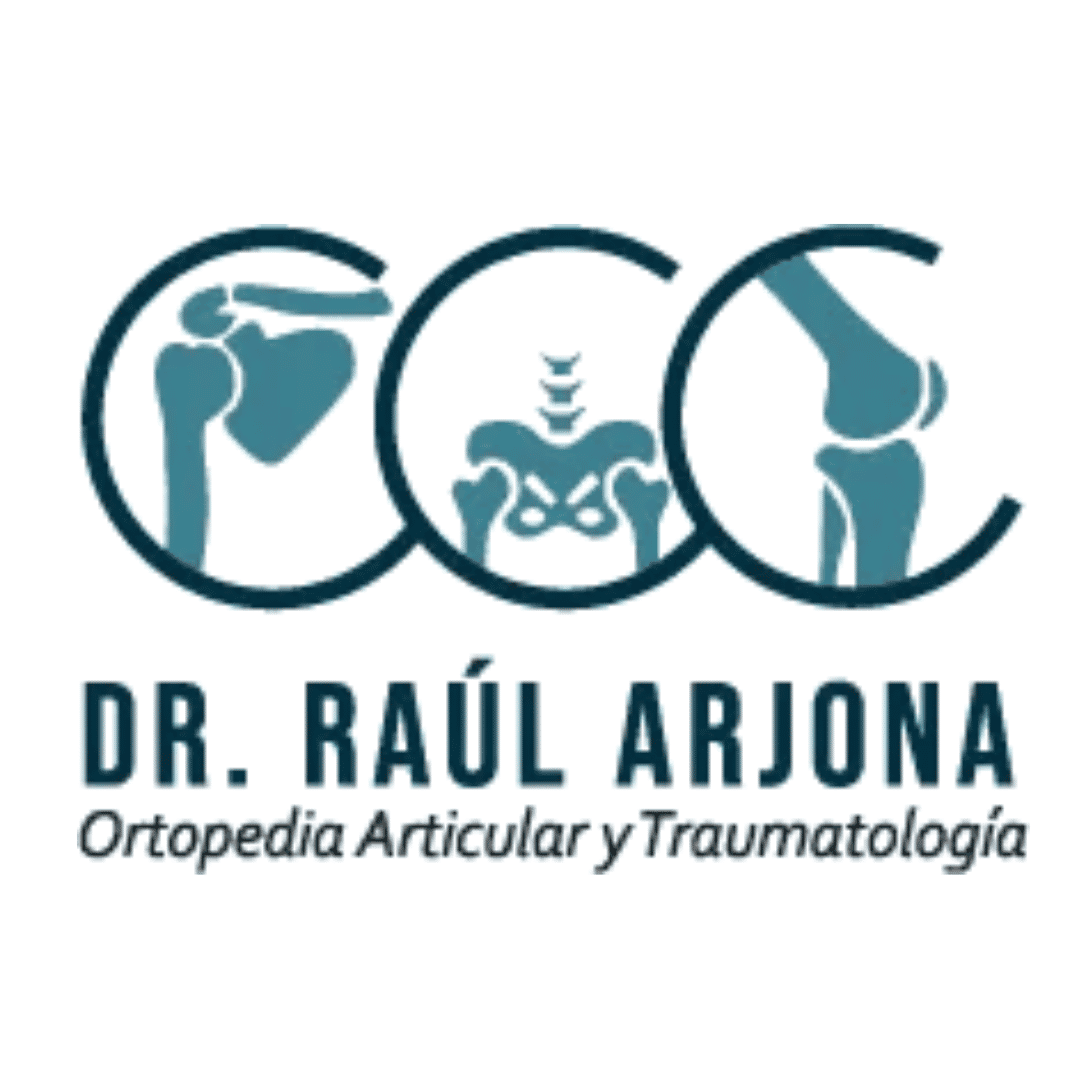Understanding the Recovery Timeline for Spinal Surgery in Mexico

"The recovery time for spinal surgery in Mexico varies significantly depending on the type of procedure, individual health, and adherence to post-operative care, ranging from a few weeks for minimally invasive procedures to up to a year or more for complex surgeries like spinal fusion."
Undergoing spinal surgery, whether in Mexico or elsewhere, is a significant medical event that requires a dedicated recovery period. While immediate pain relief can often be experienced, the journey to full recovery is a gradual process. The timeline is influenced by several factors, including the specific surgical technique used, the patient's overall health and age, and their commitment to rehabilitation. Mexican clinics often provide comprehensive care plans, including post-operative support, to aid in this recovery.
What is the immediate recovery timeline after spinal surgery in Mexico?
"Immediately after spinal surgery in Mexico, most patients can expect to stay in the hospital for 1 to 6 nights, depending on the complexity of the procedure, with early mobilization like walking encouraged as soon as the day after surgery."
For many spinal surgeries performed in Mexico, particularly less invasive ones like microdiscectomy, patients might be discharged within 24 hours. For more extensive procedures such as spinal fusion, a hospital stay of four to six nights is common. During this initial period, medical staff focus on pain management and monitoring for any immediate complications. Patients are typically encouraged to start walking and moving around the day after surgery to promote blood flow and prevent stiffness, which is crucial for early healing.
How long does it take to resume light activities after spinal surgery?
"Patients can typically resume light activities, such as simple household chores or desk work, within 4 to 6 weeks after spinal surgery in Mexico, though this can be quicker for minimally invasive procedures."
The first few weeks after spinal surgery involve careful adherence to restrictions, primarily avoiding bending, lifting, and twisting. As the spine begins to heal, light activities become manageable. This stage focuses on regaining basic mobility and strength. Physical therapy often begins during this period, guided by specialists who tailor exercises to the individual's needs and surgical procedure.
What is the full recovery timeline for common spinal surgeries?
"Full recovery from spinal surgery can range from approximately 2 to 4 months for procedures like laminectomy, 4 to 6 weeks for microdiscectomy, and 6 months to a year or more for spinal fusion surgery."
- Microdiscectomy: This minimally invasive procedure to remove a herniated disc generally allows for a quicker recovery, with full recovery often seen within 4 to 6 weeks.
- Laminectomy: Involving the removal of a portion of the vertebral bone to relieve pressure on nerves, basic recovery can take 3 to 6 weeks, with full recovery extending to 2 to 4 months.
- Spinal Fusion: This more extensive surgery, which involves joining two or more vertebrae, has the longest recovery period. Initial recovery typically takes 4 to 6 weeks, but complete bone fusion and full recovery can take anywhere from 6 months to over a year.
What factors influence spinal surgery recovery time in Mexico?
"Key factors influencing spinal surgery recovery time include the type and complexity of the surgery, the patient's age and overall health (e.g., presence of diabetes or obesity), adherence to post-operative rehabilitation, and the quality of post-operative care."
- Type of Surgery: Minimally invasive techniques generally lead to faster recovery times compared to traditional open surgeries due to less muscle damage and smaller incisions.
- Patient's General Health: Younger, healthier individuals with fewer underlying health conditions (like diabetes or obesity) tend to heal more quickly. Smoking can also significantly hinder the healing process.
- Age: Older patients may experience longer recovery periods due to slower tissue healing and a higher likelihood of co-existing medical conditions.
- Commitment to Rehabilitation: Diligently following physical therapy exercises and activity restrictions is paramount for optimal recovery and preventing setbacks.
- Surgical Expertise and Post-Operative Care: The skill of the surgeon and the quality of the post-operative nursing and rehabilitation services provided by the Mexican clinic can greatly impact recovery outcomes.
Is physical therapy necessary after spinal surgery in Mexico?
"Yes, physical therapy is almost always necessary and a crucial component of spinal surgery recovery, designed to restore strength, flexibility, and proper movement patterns to the spine."
Mexican medical tourism providers often include physical therapy as part of their comprehensive spinal surgery packages. These tailored rehabilitation programs typically begin shortly after surgery and progressively increase in intensity. Physical therapists guide patients through exercises that strengthen core muscles, improve posture, and regain mobility, helping to prevent future issues and optimize long-term outcomes.
What are the activity restrictions after spinal surgery?
"After spinal surgery, patients are typically advised to avoid the "BLT" rule: Bending, Lifting (heavy objects), and Twisting for several weeks to months, depending on the surgery type, to protect the healing spine."
Specific restrictions will be provided by your surgeon and physical therapist, but common guidelines include:
- No heavy lifting: This can range from avoiding anything heavier than a gallon of milk to more substantial weight restrictions.
- Avoid excessive bending and twisting: These movements can put undue stress on the surgical site.
- Limited sitting and standing: Initially, patients may need to change positions frequently to avoid prolonged pressure on the back.
- Driving restrictions: Driving is usually restricted for 2 to 4 weeks, or until the surgeon clears it, especially if pain medication affects alertness.
- Gradual increase in activity: Light walking is encouraged early on, with more strenuous activities introduced incrementally as healing progresses.
How does minimally invasive spinal surgery in Mexico affect recovery?
"Minimally invasive spinal surgery (MISS) in Mexico typically results in faster recovery times, less post-operative pain, smaller scars, and a shorter hospital stay compared to traditional open surgery."
MISS techniques involve smaller incisions, leading to less disruption of muscles and tissues surrounding the spine. This reduced trauma translates to quicker healing, less need for strong pain medications, and an accelerated return to daily activities. Many clinics in Mexico are equipped with advanced technology to perform these procedures, offering international patients a beneficial option for quicker recovery.
What can I do to optimize my recovery from spinal surgery?
"To optimize spinal surgery recovery, it is essential to strictly follow your surgeon's post-operative instructions, attend all physical therapy sessions, maintain a healthy, balanced diet, manage pain effectively, and avoid activities that strain the spine."
- Follow instructions: Adhering to medication schedules, wound care, and activity restrictions is critical.
- Engage in physical therapy: Consistency and effort in rehabilitation exercises are key to regaining strength and mobility.
- Nutrition: A well-balanced diet rich in protein, vitamins, and minerals supports tissue healing. Avoiding processed foods and staying hydrated is also important.
- Pain Management: Effectively managing pain allows for better participation in therapy and improved comfort during recovery.
- Rest and Sleep: Adequate rest is vital for the body's healing processes.
- Avoid Smoking and Excessive Alcohol: These can significantly impede healing and increase complication risks.
- Positive Mindset: Maintaining a positive outlook can contribute to a more successful and smoother recovery journey.
What are potential complications that can affect recovery?
"While spinal surgery is generally safe, potential complications that can affect recovery include infection at the surgical site, nerve damage, blood clots, hardware failure (if implants are used), and persistent pain (Failed Back Surgery Syndrome)."
Most clinics in Mexico adhere to high international standards to minimize these risks. However, patients should be aware of potential signs of complications, such as increased pain not relieved by medication, fever, redness or discharge from the incision site, or new numbness or weakness, and report them to their medical team immediately.
Will I need a back brace after spinal surgery?
"Whether you will need a back brace after spinal surgery depends on the specific procedure and your surgeon's recommendation; it is often used after more complex surgeries like spinal fusion to provide support and limit motion during the initial healing phase."
A back brace helps to stabilize the spine and protect the surgical area as it heals. Your surgeon in Mexico will advise if a brace is necessary and for how long you should wear it, based on the extent of your surgery and individual recovery progress.
When can I travel back home after spinal surgery in Mexico?
"The timeframe for traveling back home after spinal surgery in Mexico varies, but generally, patients are advised to wait until cleared by their surgeon, which can be a few days to a few weeks post-surgery, depending on the procedure and mode of travel."
For international patients, clinics in Mexico often coordinate travel plans with the patient's recovery schedule. For longer flights, doctors might recommend a slightly longer stay to ensure stability and comfort. It's crucial to discuss travel plans with your surgeon to ensure it's safe and won't compromise your recovery.
What kind of follow-up care is provided by clinics in Mexico?
"Mexican clinics offering spinal surgery typically provide comprehensive follow-up care that includes post-operative consultations, wound checks, pain management adjustments, and coordination of physical therapy, with some even offering telehealth options after you return home."
Many reputable clinics understand the needs of international patients and offer seamless follow-up protocols. This can include regular check-ups during your stay in Mexico, instructions for continued care upon returning home, and sometimes even virtual consultations to monitor your progress and address any concerns remotely. This commitment to ongoing care helps ensure a successful long-term recovery.
Ready to explore your options for spinal surgery and comprehensive recovery solutions? PlacidWay connects you with world-class healthcare providers, including those in Mexico, offering personalized treatment plans and support every step of the way. Visit PlacidWay today to find the right solution for your healthcare journey.


.png)



.png)










Share this listing